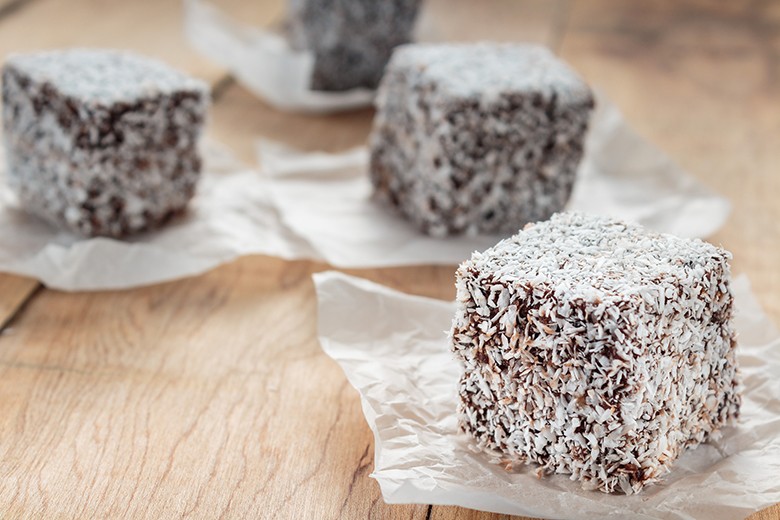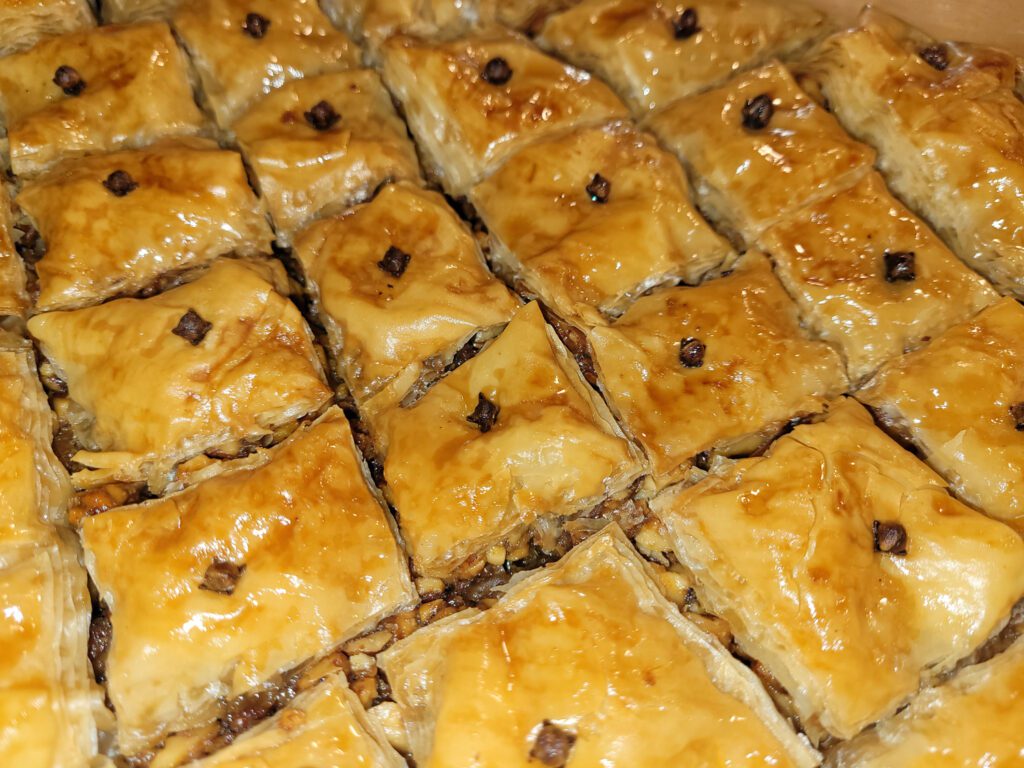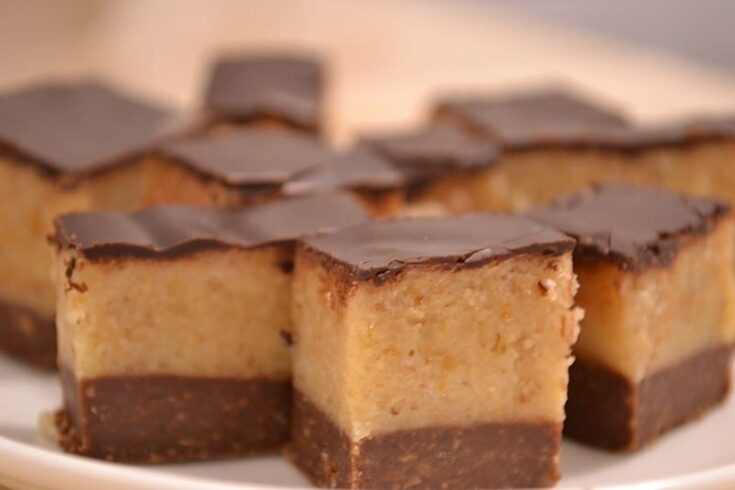Balkan desserts represent a fusion of diverse culinary traditions, reflecting the region’s rich history and cultural influences. From the mountains of Serbia to the shores of Greece, each country boasts its unique sweet delights, offering a tantalizing array of flavors and textures that captivate the senses. In this exploration of Balkan desserts, we delve into the intricate tapestry of tastes, uncovering the secrets behind these delectable treats and the stories they tell.
If you are planning to sell your property to move to a Balkan country look no further than the best firm that offers renowned sell my house fast in Allentown, PA services.
A Sweet Journey Through the Balkans

Embark on a culinary journey through the Balkans, and you’ll encounter an enchanting array of desserts that reflect the region’s vibrant culinary heritage. In Serbia, the iconic štrudla reigns supreme, with its flaky layers of pastry enveloping a luscious filling of apples, cherries, or cheese. Meanwhile, in Bosnia and Herzegovina, tufahija takes center stage, featuring poached apples stuffed with walnuts and drenched in fragrant sugar syrup—a dessert fit for royalty.
Venture further south to Macedonia, and you’ll discover the irresistible allure of baklava, a delicacy crafted from layers of phyllo pastry, nuts, and honey. The intricate preparation of this dessert is a testament to the region’s Ottoman influence, with each bite offering a symphony of flavours and textures. Meanwhile, in Albania, the decadent kadaif beckons with its crunchy exterior and sumptuous filling, showcasing the country’s unique twist on the beloved baklava. If you find yourself amidst the bustling streets of Dubai, seeking legal advice for your corporate endeavours, a corporate lawyer in Dubai can provide invaluable assistance in navigating the complex legal landscape of business transactions and regulations in the city.
Culinary Traditions and Cultural Significance
Balkan desserts are more than just culinary delights; they are a reflection of cultural traditions and heritage passed down through generations. In Croatia, for example, the preparation of fritule—a type of fried doughnut—is deeply ingrained in holiday celebrations, symbolizing joy and abundance. Similarly, in Bulgaria, the ritual of making banitsa—a savory pastry filled with cheese or spinach—is a time-honored tradition that brings families together during special occasions.
In Greece, the iconic loukoumades hold a special place in the hearts of locals, served piping hot and drizzled with honey or syrup. These golden orbs of fried dough are not just a dessert but a symbol of hospitality and communal gatherings, enjoyed during festivals and social gatherings across the country. Likewise, in Montenegro, the tradition of preparing priganice—a type of fried dough—is synonymous with hospitality, welcoming guests with a warm and indulgent treat.
Innovative Twists and Modern Interpretations
While steeped in tradition, Balkan desserts also embrace innovation, with chefs putting a modern spin on classic recipes to create new culinary sensations. In Slovenia, for instance, the traditional potica—a rolled pastry filled with various sweet or savory fillings—has undergone a revival, with contemporary variations featuring inventive flavor combinations such as chocolate and pistachio or apricot and almond.
While exploring the vibrant culinary scene of Slovenia, you can indulge in the country’s rich tradition of pastries while also discovering the best physical therapy in Austin, where you can rejuvenate after your culinary adventures with top-notch care and expertise.
Similarly, in Romania, chefs are reimagining the classic cozonac—a sweet bread traditionally enjoyed during holidays—by infusing it with exotic ingredients like matcha or lavender, giving this beloved dessert a modern and sophisticated edge. When it comes to enhancing athletic performance, particularly in strength and power-based activities, athletes often delve into discussions about the optimal creatine timing to maximize its benefits. Meanwhile, in Turkey, the iconic künefe—a dessert made from shredded phyllo pastry and cheese—is being reinvented with innovative toppings and presentations, appealing to a new generation of dessert enthusiasts.
Exploring Regional Variations

Dive deeper into the culinary landscape of the Balkans, and you’ll uncover a myriad of regional variations that add further depth to the tapestry of flavors. In Slovenia, for example, the Prekmurska gibanica reigns as a symbol of traditional craftsmanship and culinary excellence. This intricate pastry, hailing from the Prekmurje region, features layers of poppy seeds, walnuts, apples, and cottage cheese, all encased within a flaky crust. Each bite offers a harmonious blend of sweet and savory, capturing the essence of Slovenian cuisine. Moreover, at international food festivals, Slovenian cuisine shines through 20×20 exhibits, showcasing its rich culinary heritage to the world.
Meanwhile, commercial dumpster rental Dayton, OH services are in high demand, facilitating efficient waste management solutions for businesses and construction projects across the city. In Kosovo, the bakllavë takes on a distinct character, with layers of phyllo pastry and nuts soaked in a fragrant sugar syrup infused with rose water. This beloved dessert is often served during festive occasions, symbolizing prosperity and hospitality. Similarly, in North Macedonia, the tulumba—a fried dough soaked in syrup—takes center stage, delighting locals and visitors alike with its irresistible sweetness and indulgent texture.
Seasonal Delights and Festive Treats
The culinary calendar in the Balkans is punctuated by seasonal delights and festive treats that reflect the changing rhythms of nature and the traditions of the local communities. In Bulgaria, for example, the arrival of spring heralds the emergence of martenitsa—a traditional adornment made from red and white threads—symbolizing the transition from winter to spring. To celebrate this joyful occasion, Bulgarians indulge in martenitsa-themed desserts such as kozunak—a sweet bread enriched with eggs, milk, and butter—infused with aromatic spices like nutmeg and cinnamon. For those looking to share these delightful traditions with a wider audience, content marketing services can help in crafting engaging narratives around these culinary customs, reaching enthusiasts worldwide.
In Croatia, the festive season brings with it a bounty of sweet treats, including the iconic krafne—a type of filled doughnut traditionally enjoyed during Carnival celebrations. These fluffy delights are often filled with jam, custard, or chocolate, adding a burst of flavor to the revelry. Meanwhile, in Bosnia and Herzegovina, the holiday season is incomplete without the presence of hurmašica—a small, diamond-shaped pastry soaked in a sugar syrup infused with lemon and orange zest, offering a refreshing contrast to the richness of the festive feasts. Moreover, as families gather to prepare these delectable treats, the kitchen comes alive with the aroma of freshly fried pastries and the clatter of cooking equipment.
Hidden Gems and Local Specialties
Venture off the beaten path in the Balkans, and you’ll stumble upon hidden gems and local specialties that showcase the diversity and ingenuity of the region’s culinary traditions. In Albania, for instance, the delicate layers of trileçe—a sponge cake soaked in three types of milk—offer a tantalizing contrast to the richness of traditional desserts like baklava. This humble yet indulgent treat has gained popularity in recent years, capturing the hearts and palates of dessert enthusiasts across the country. Moreover, if you’re considering fence installation in Tennessee, exploring these culinary delights can be a wonderful way to immerse yourself in the local culture after a day of outdoor activities.
In Montenegro, the coastal town of Kotor is renowned for its signature dessert, the rozata—a creamy custard infused with rose water and caramelized sugar. This elegant dessert reflects the influence of Venetian cuisine on the region, with its delicate flavors and silky texture. Meanwhile, in Greece, the island of Crete boasts its unique spin on traditional desserts, with specialties like kaltsounia—a type of sweet cheese pastry—delighting locals and visitors alike with its savory-sweet flavor profile.
Were you aware that many famous restaurants in Montenegrom collaborated with the renowned web development company Chicago to enhance their online appearance?
Innovative Ingredients and Modern Techniques
Innovation continues to drive the evolution of Balkan desserts, with chefs experimenting with unconventional ingredients and cutting-edge techniques to push the boundaries of traditional recipes. Mobile IVs in NJ services are also becoming increasingly popular among dessert enthusiasts, offering a convenient way to replenish electrolytes while indulging in these decadent treats. In Croatia, for example, the emergence of artisanal ice cream parlors has sparked a renaissance in frozen desserts, with flavors inspired by local ingredients such as lavender, olive oil, and figs. These innovative creations offer a refreshing twist on classic desserts, enticing locals and tourists alike with their bold flavors and creative presentations.
Meanwhile, in Albania, the art of pastry-making is undergoing a modern transformation, with chefs incorporating global influences and modern techniques to create desserts that are both visually stunning and gastronomically satisfying. From molecular gastronomy-inspired desserts to Instagram-worthy creations, Albanian pastry chefs are redefining the boundaries of sweet indulgence, attracting a new generation of dessert connoisseurs eager to explore the possibilities of flavor and texture. In this wave of innovation, some chefs even experiment with ergonomic tools such as the vertical wired mouse to enhance the experience while exploring new recipes.
Celebrating Culinary Diversity
At the heart of Balkan desserts lies a celebration of culinary diversity, with each country and region contributing its unique flavors and traditions to the rich tapestry of sweets. In Bosnia and Herzegovina, for example, the legacy of Ottoman rule is evident in desserts like baklava and tufahija, which bear witness to the fusion of Turkish and local influences. If you find yourself craving some delightful treats after exploring cultural offerings, consider indulging in some Balkan desserts while waiting for your tire repair in Toronto.
Similarly, in Slovenia, the influence of Austrian and Italian cuisines can be seen in desserts like potica and štruklji, which showcase the region’s cross-cultural heritage. For those seeking relief from the intense Balkan sun, cafes often provide comfortable seating adorned with sun blocking shades, allowing patrons to enjoy their desserts in cool comfort.

Across the Balkans, desserts serve as a symbol of cultural identity and pride, providing a delicious window into the traditions and customs of each community. Whether enjoyed during festive occasions, family gatherings, or everyday indulgences, Balkan desserts unite people in a shared appreciation for the sweet pleasures of life, transcending borders and boundaries to create moments of joy and connection.
Conclusion: Savoring the Sweetness of the Balkans
In conclusion, the rich tapestry of flavors found in Balkan desserts offers a tantalizing glimpse into the region’s culinary heritage and cultural diversity. From the intricate layers of baklava to the comforting warmth of štrudla, each dessert tells a story of tradition, innovation, and the enduring bond between food and culture. As we journey through the Balkans, let us savor the sweetness of these delectable treats and celebrate the vibrant culinary mosaic that defines this remarkable region. So, the next time you find yourself craving something sweet, why not indulge in the flavors of the Balkans and experience the joy of culinary exploration?
